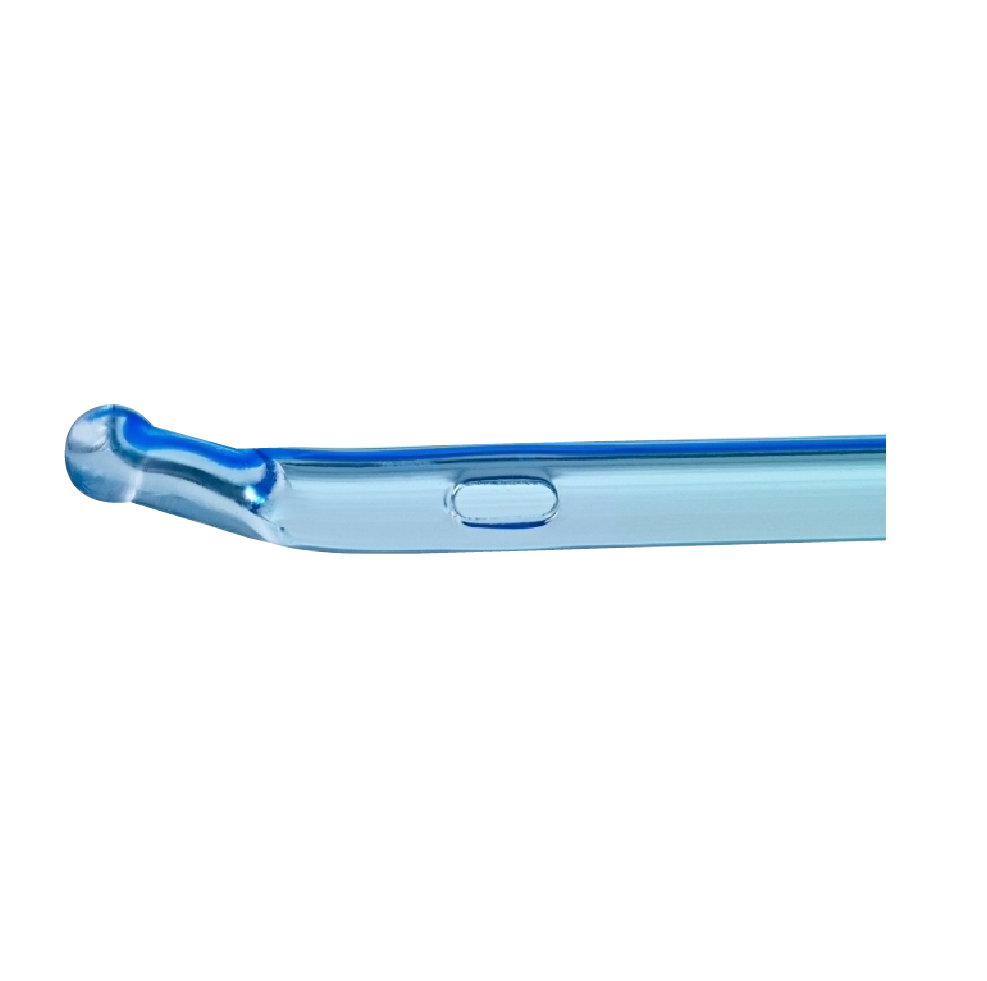WHAT ARE COUDÉ CATHETERS?
A coudé catheter is a curved tip or slightly angled catheter that is sometimes needed when a straight tip catheter is not easily inserted. It’s named after the French word coudé, which means “bend”. This type of catheter is ideal for patients with enlarged prostates (BPH), urethral narrowing, blockages, or scar tissue.
WHY DO I NEED TO USE COUDÉ CATHETERS?
Most people are prescribed a straight tip catheter and can continue to live normal lives. However, this may not work for everyone’s urethral anatomy. Unable to pass a straight tip catheter due to pain and discomfort, a healthcare provider may prescribe a coudé catheter to facilitate self-catheterization and make it less painful.
A few reasons why your healthcare provider might prescribe a coudé catheter include:
- Benign prostatic hyperplasia (BPH), commonly referred to as an enlarged prostate
- Radiation to treat prostate cancer
- False passages in the urethra or stoma
- Scar tissue from previous prostate surgery
- Affected with urinary stricture disease or urethral trauma
HOW TO USE A COUDÉ CATHETER?
Unlike a straight tip intermittent catheter, coudé catheters require a different technique to properly insert through the urethra. Since the tip is slightly angled, the tip of the catheter has to be curved up before it can be inserted correctly. Examine the type of curved tip catheter brand being used. Note what orientation tool is used by that particular brand to ensure that upon insertion the catheter tip is up. Your healthcare provider will provide you with proper instructions before self-cathing.
Before using any intermittent catheter, good hand hygiene is essential to limit the risk of getting a urinary tract infection (UTI).
- Thoroughly wash your hands with soap and water, and dry hands carefully with a single use towel.
- Gently clean insertion area using soap and water or moist towelette.
- Open the package to access your catheter. If you are using a hydrophilic coated catheter, no additional lubricant is needed. If you are using an uncoated catheter, use a water soluble lubricant and lubricate the catheter.
- Slowly and gently insert the catheter into the urethra until urine starts to flow.
- Once urine stops flowing, you can begin to withdraw the catheter slowly.
- Throw away the catheter after use and wash your hands once more.
TYPES OF COUDÉ CATHETERS
Within the category of coudé catheters, there are three basic types differentiated by the type of tip. The three basic tips include:
- Tapered Tip Coudé Catheter
Most common type of coudé catheter tip used. Its attributes include a short, strong curve that is slightly smaller at the insertion point. This allows this particular type of coude catheter to maneuver well through strictures or bypass enlarged prostates.
- Olive Tip Coudé Catheter
This tip features a larger, ball-shaped, rounded end that assists in getting past obstructions to the bladder. This benefit can be a better option to navigate through false passages that standard tapered and Tiemann tip catheters can’t do.
- Tiemann Tip Coudé Catheter
Typically tend to be a longer, tapered tip and is traditionally more elastic than other coudé catheters. This aids the catheter to navigate through tight or narrow areas in the urethra.
Visit ourOnline Product Catalog for a listing of all the available options and compare their features and benefits. Learn more about the types of urinary catheters here.
COUDÉ CATHETER INSURANCE COVERAGE
There are various clinical reasons why a coudé catheter may be prescribed and its recommendation is always at the discretion of your healthcare provider. A coudé catheter is not the most commonly used catheter, but it is certainly an excellent option in some situations. If your healthcare provider prescribes a coudé catheter, your insurer will require documentation stating the reason you are unable to pass a straight tip catheter.
To get started with Byram Healthcare or to learn more about coudé catheter options, please complete the form or contact us today at 1-800-364-6057.







